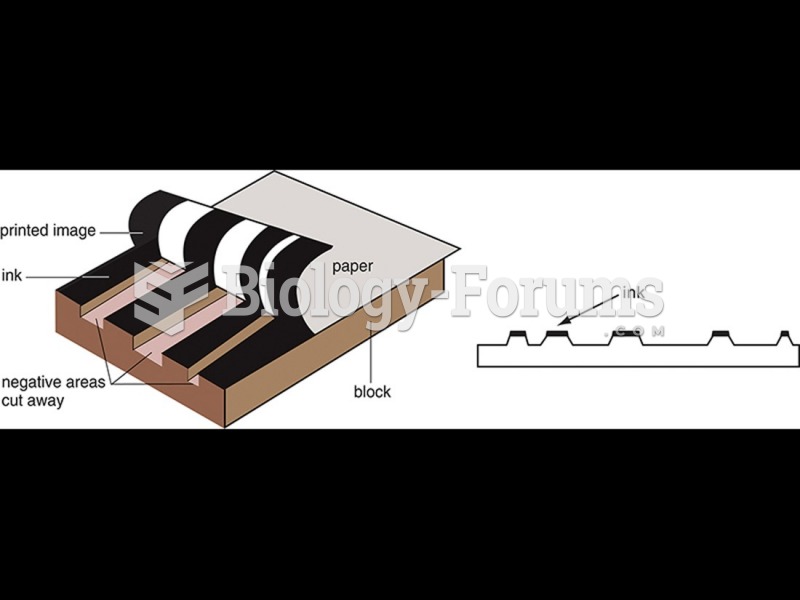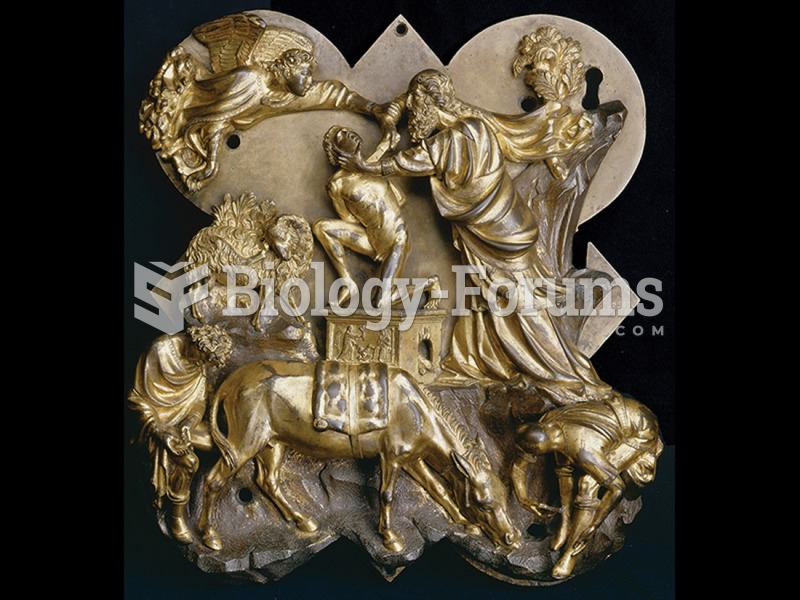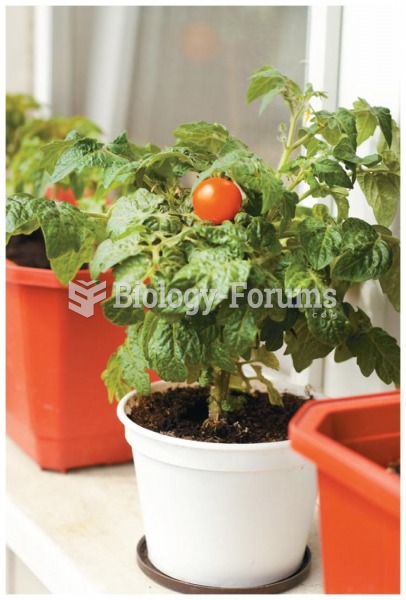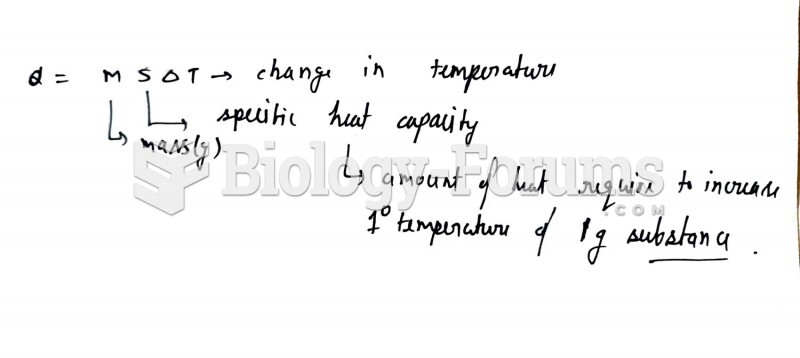Question 1
In the workplace, the open shop meant
A. skilled workers were required to join a craft union.
B. labor unions had the right to organize that particular industry.
C. no worker was required to join a union.
D. workers had no right to join a union.
E. workers would be allowed to come and go as they pleased.
Question 2
During the 1920s, the American Federation of Labor (AFL)
A. used strikes in an attempt to organize unskilled workers.
B. believed workers should be organized on the basis of skills.
C. created a partner organization, the Congress of Industrial Organizations.
D. decided to shift away from craft unions.
E. became more radical after the death of Samuel Gompers.
Question 3
During the 1920s, the Brotherhood of Sleeping Car Porters
A. was one of the few unions led by African Americans.
B. was formed by the American Federation of Labor.
C. None of these answers is correct.
D. was one of the few unions led by African Americans, and it was formed by the American Federation of Labor.
E. organized against sleeping car manufacturer A. Philip Randolph.
Question 4
During the 1920s, wages for American workers
A. generally enabled a working-class family to thrive on a single income.
B. generally decreased as the labor market became tighter.
C. rose most quickly for unskilled workers.
D. generally rose at a rate far below increases in production and profits.
E. equaled or exceeded the rate of production growth.
Question 5
In the 1920s, welfare capitalism
A. required corporations to provide some relief for unemployed workers.
B. encouraged employees to form single-industry labor unions.
C. gave workers a measure of control over their industry.
D. forced workers to donate much of their salaries to the less fortunate.
E. was a paternalistic approach used by corporate leaders on their workers.







